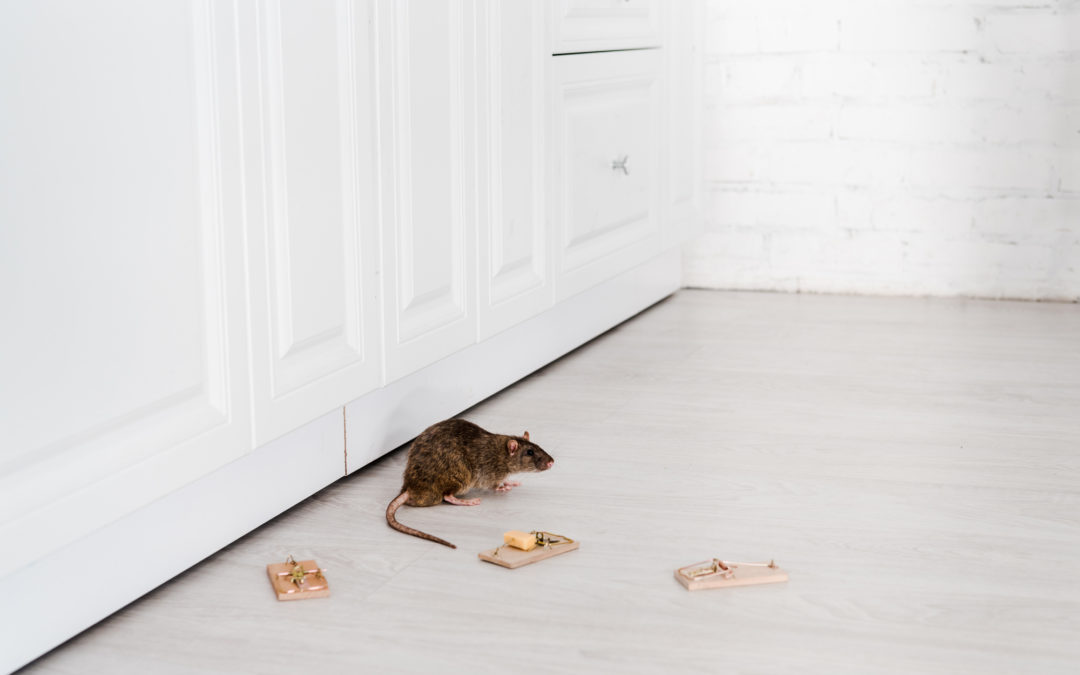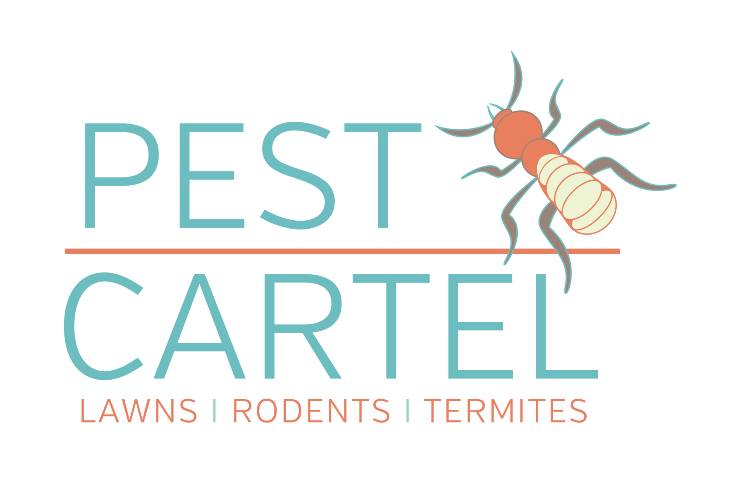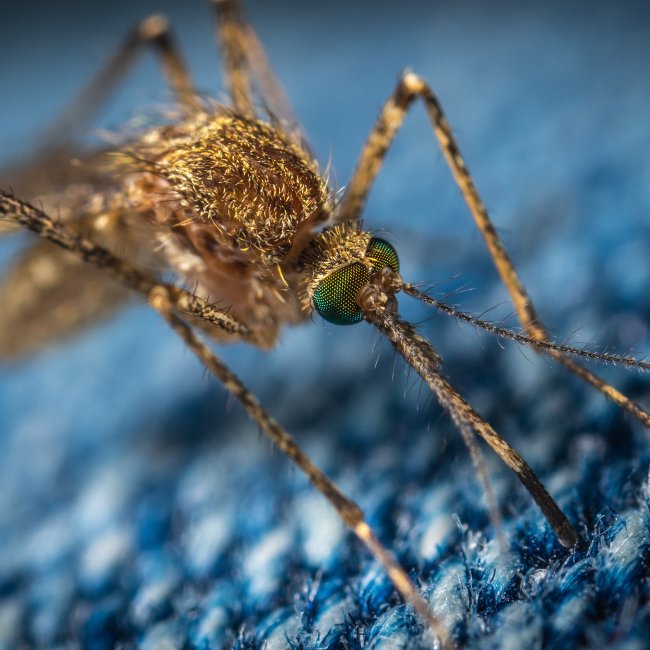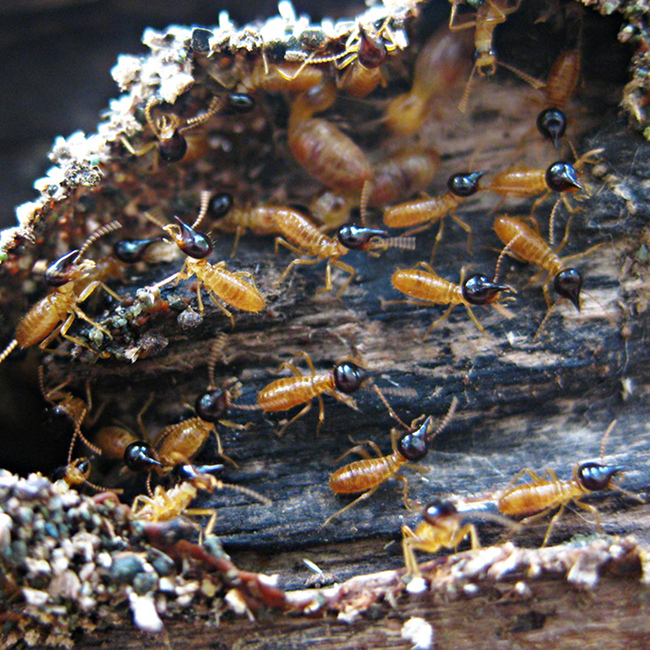Blog

Rodent Pest Control
Rodent Pest Control is Serious Business
No one should have to deal with rodents. At the Pest Cartel, we are committed to rid our area of all rodents. We will definitely send them packing.
What Kind of Damage can Rodents Cause?
Rodents, like mice spend time outside destroying your beautiful garden and vegetation. When fall comes they begin to look for small openings in siding and air vents, letting themselves into our homes.
They destroy the insulation, wiring and plumbing in hopes of making a nest. After their nest is built they begin to scavenge for food. They nibble on paper bags and plastic containers, as well as contaminate our pantries with trails of urine and feces, causing possible disease and leaving allergens throughout our home. (Research rat behavior here.)
How Do Rodents Cause Damage?
Rats and mice cause structural damage to your home. They do so by gnawing, nest-building, and defecation.
Mice build nests, gnaw and chew on anything that they can use to do so, making them a pest you will have to deal with. They burrow into upholstery to create a nest and burrow into insulation. They will either make nests inside insulation cavities or use the materials to build a nest elsewhere. They can chew through wires in your electrical system which can lead to house fires.
Mice, rats and other rodents do more than destroy your home and belongings. They spread disease as they go about their business. If you have stored valuable paintings or priceless photograph albums in an attic which has become infested with mice, these may be eaten and chewed through too. In fact, the more hidden away and undisturbed an item is the more appealing it is as a potential home for a rat or mouse. As rats and mice go about their business destroying your home and belongings, they leave a trail of urine and feces that spreads disease.
How to Know You Have Rodent Infestation
So, how do you know you have a rodent infestation? Look out for these telltale signs. If you notice rodent droppings on your floor under the sink, in a drawer, or in a food package then take action immediately.
Rodent Pest Control
Snap traps are small boxes that are a cheap and effective way of capturing and killing rats and mice. The traps often come in sets so that you can lay several traps at a time. Once the trap has captured a rodent, it can be discarded or reused.
Live traps, as the name suggest, will trap a live rodent. The rat or mouse is attracted to investigate the hole but once they are in the trap they find they cannot get out. Because these traps will capture a live animal for humane reasons, it is essential to inspect the traps daily. The problem with live traps is you will then have to deal with a living animal.




